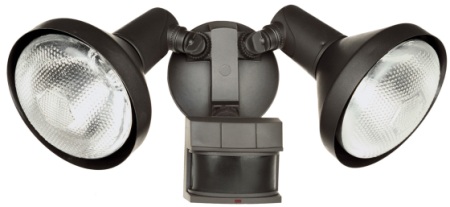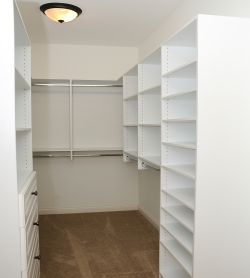 Installing motion sensor outdoor lighting is one of the most effective ways of enhancing the security and safety of your residential home or business.
Installing motion sensor outdoor lighting is one of the most effective ways of enhancing the security and safety of your residential home or business.
Unlike traditional lights, motion sensor lights will turn on automatically upon detecting motion, and turn off automatically after a short period of time after no movement is detected.
Benefits
Increases Security
Motion sensor flood lights increase security lighting and safety in and around your home and are a good deterrent against would-be burglars, who may be startled by the abrupt illumination and may believe someone inside the home or property turned on the lights.
Intruders will keep off your property at night because the last thing they want is to be revealed. In essence, this lighting will effectively boost your home security without need for costly alarm systems.
Furthermore, when arriving home after dark, the motion lighting will conveniently turn the darkness into a welcoming area while lighting up your driveway, pathway, or front door.
With this brief illumination, you’ll be able to find your house keys, unlock the door and enter your home faster.
Energy Efficient
Motion lights help save on the energy costs since they don’t run all-night long. They will only turn on upon detecting motion in the sensor range and turn off after a short period of time.
Better yet, the motion sensor automatically deactivates during the daytime hours to prevent the flood lights from turning on even upon detecting movement in sunlight.
Moreover, the frequency of bulbs that burn out in motion lighting is lower than in conventional lighting.
Installation Tips.
When installing motion sensor outdoor lights, be sure to cover all angles of approach to your home or property for ultimate security.
Use these lights in combination with fences around your backyard to effectively deter undesirable activity. Areas around your home that only need light when someone is present are ideal for motion lighting.
Motion sensor lights are energy efficient, offer great value and add protection to both residential homes and businesses. To receive these benefits, replace existing flood lights with motion flood lights.
Contact Conductive Electrical Contracting, click here for more information.
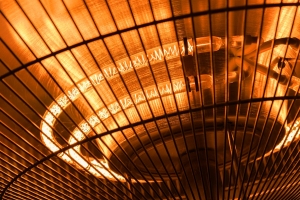 Installing an electrical heating unit is very time-consuming, and you can end up doing more harm than good if you haven’t done it before.
Installing an electrical heating unit is very time-consuming, and you can end up doing more harm than good if you haven’t done it before.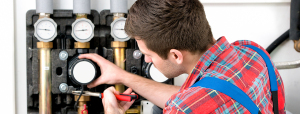
 When it comes to home design, many homeowners put a lot of emphasis on their indoor lighting. This is because the lighting affects everything from the look of the home design to the function. However, it’s important that you don’t neglect your outdoor lighting in the process.
When it comes to home design, many homeowners put a lot of emphasis on their indoor lighting. This is because the lighting affects everything from the look of the home design to the function. However, it’s important that you don’t neglect your outdoor lighting in the process.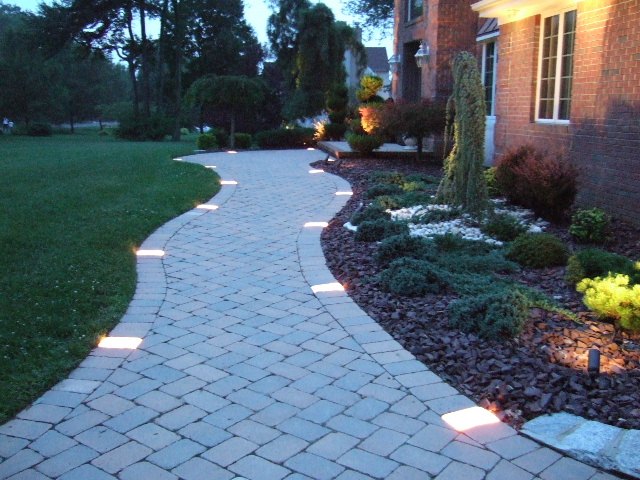 Walkway lights provide safety for anyone that walks up to your home during the nighttime. The last thing you want to happen is for you, family, friends or guests to trip and fall because they can’t see where they are going.
Walkway lights provide safety for anyone that walks up to your home during the nighttime. The last thing you want to happen is for you, family, friends or guests to trip and fall because they can’t see where they are going. If you take great care to make your landscape look beautiful, then you should make sure that you are showing it off during the nighttime as well as during the day.
If you take great care to make your landscape look beautiful, then you should make sure that you are showing it off during the nighttime as well as during the day.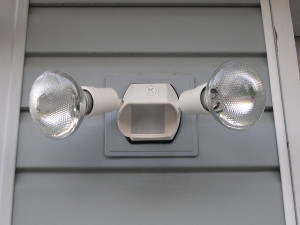 Motion sensors – Installing lights around the exterior of your home that run on motion sensors is a great way to light up an entire area – but only if the fixture detects motion in that area. It will turn automatically off after a short time. This helps prevent the outside area of your home from being lit up 24-7, but will also alert anyone in the neighborhood of potential burglars immediately as well as scaring off any intruders.
Motion sensors – Installing lights around the exterior of your home that run on motion sensors is a great way to light up an entire area – but only if the fixture detects motion in that area. It will turn automatically off after a short time. This helps prevent the outside area of your home from being lit up 24-7, but will also alert anyone in the neighborhood of potential burglars immediately as well as scaring off any intruders.